Scan barcode
Overview
New York Times list of 100 Best Books of the 21st Century released the week of July 8-12 2024.
The books have been chosen and voted on by "503 novelists, nonfiction writers, poets, critics and other book lovers — with a little help from the staff of The New York Times Book Review."
Notes on the books are directly from the New York Times list found here: https://www.nytimes.com/interactive/2024/books/best-books-21st-century.html?campaign_id=69&emc=edit_bk_20240712&instance_id=128589&nl=books®i_id=164072357&segment_id=171975&te=1&user_id=3ab9436b06f81b9833612400b0023456#book-80
There is no start or end date for this challenge.
The books have been chosen and voted on by "503 novelists, nonfiction writers, poets, critics and other book lovers — with a little help from the staff of The New York Times Book Review."
Notes on the books are directly from the New York Times list found here: https://www.nytimes.com/interactive/2024/books/best-books-21st-century.html?campaign_id=69&emc=edit_bk_20240712&instance_id=128589&nl=books®i_id=164072357&segment_id=171975&te=1&user_id=3ab9436b06f81b9833612400b0023456#book-80
There is no start or end date for this challenge.
NYT Best 100 Books of the 21st Century
38 participants (100 books)
Overview
New York Times list of 100 Best Books of the 21st Century released the week of July 8-12 2024.
The books have been chosen and voted on by "503 novelists, nonfiction writers, poets, critics and other book lovers — with a little help from the staff of The New York Times Book Review."
Notes on the books are directly from the New York Times list found here: https://www.nytimes.com/interactive/2024/books/best-books-21st-century.html?campaign_id=69&emc=edit_bk_20240712&instance_id=128589&nl=books®i_id=164072357&segment_id=171975&te=1&user_id=3ab9436b06f81b9833612400b0023456#book-80
There is no start or end date for this challenge.
The books have been chosen and voted on by "503 novelists, nonfiction writers, poets, critics and other book lovers — with a little help from the staff of The New York Times Book Review."
Notes on the books are directly from the New York Times list found here: https://www.nytimes.com/interactive/2024/books/best-books-21st-century.html?campaign_id=69&emc=edit_bk_20240712&instance_id=128589&nl=books®i_id=164072357&segment_id=171975&te=1&user_id=3ab9436b06f81b9833612400b0023456#book-80
There is no start or end date for this challenge.
Challenge Books
1

My Brilliant Friend
Elena Ferrante
The first volume of what would become Ferrante’s riveting four-book series of Neapolitan novels introduced readers to two girls growing up in a poor, violent neighborhood in Naples, Italy: the diligent, dutiful Elena and her charismatic, wilder friend Lila, who despite her fierce intelligence is seemingly constrained by her family’s meager means. From there the book (like the series as a whole) expands as propulsively as the early universe, encompassing ideas about art and politics, class and gender, philosophy and fate, all through a dedicated focus on the conflicted, competitive friendship between Elena and Lila as they grow into complicated adults. It’s impossible to say how closely the series tracks the author’s life — Ferrante writes under a pseudonym — but no matter: “My Brilliant Friend” is entrenched as one of the premier examples of so-called autofiction, a category that has dominated the literature of the 21st century. Reading this uncompromising, unforgettable novel is like riding a bike on gravel: It’s gritty and slippery and nerve-racking, all at the same time.
2
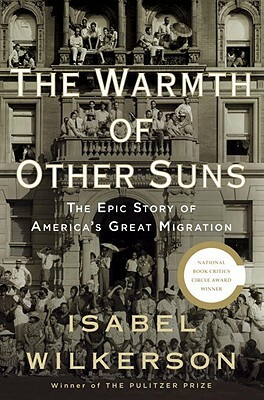
The Warmth of Other Suns: The Epic Story of America's Great Migration
Isabel Wilkerson
Wilkerson’s intimate, stirring, meticulously researched and myth-dispelling book, which details the Great Migration of Black Americans from South to North and West from 1915 to 1970, is the most vital and compulsively readable work of history in recent memory. This migration, she writes, “would become perhaps the biggest underreported story of the 20th century. It was vast. It was leaderless. It crept along so many thousands of currents over so long a stretch of time as to be difficult for the press truly to capture while it was under way.” Wilkerson blends the stories of individual men and women with a masterful grasp of the big picture, and a great deal of literary finesse. “The Warmth of Other Suns” reads like a novel. It bears down on the reader like a locomotive. — Dwight Garner
3
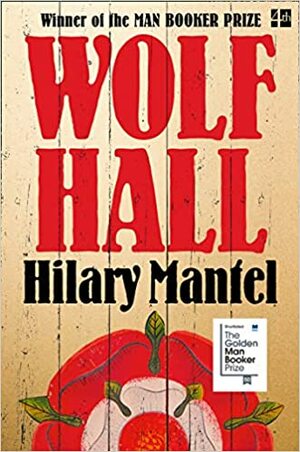
Wolf Hall
Hilary Mantel
It was hard choosing the books for my list, but the first and easiest choice I made was “Wolf Hall.” (“The Mirror and the Light,” the third book in Mantel’s trilogy, was the second easiest.)
We see the past the way we see the stars, dimly, through a dull blurry scrim of atmosphere, but Mantel was like an orbital telescope: She saw history with cold, hard, absolute clarity. In “Wolf Hall” she took a starchy historical personage, Thomas Cromwell, and saw the vivid, relentless, blind-spotted, memory-haunted, grandly alive human being he must have been. Then she used him as a lens to show us the age he lived in, the vast, intricate spider web of power and money and love and need — right up until the moment the spider got him. — Lev Grossman, author of “The Bright Sword”
4
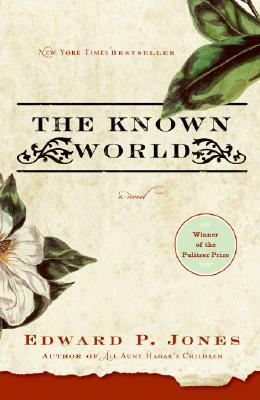
The Known World
Edward P. Jones
This novel, about a Black farmer, bootmaker and former slave named Henry Townsend, is a humane epic and a staggering feat of wily American storytelling. Set in Virginia during the antebellum era, the milieu — politics, moods, manners — is starkly and intensely realized. When Henry becomes the proprietor of a plantation, with slaves of his own, the moral sands shift under the reader’s feet. Grief piles upon grief. But there is a glowing humanity at work here as well. Moments of humor and unlikely good will bubble up organically. Jones is a confident storyteller, and in “The Known World” that confidence casts a spell. This is a large novel that moves nimbly, and stays with the reader for a long time. — Dwight Garner
5
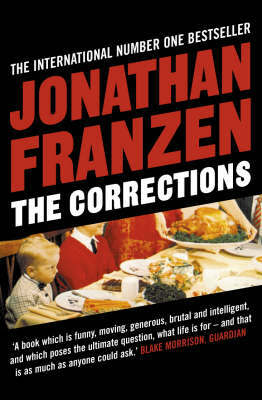
The Corrections
Jonathan Franzen
With its satirical take on mental health, self-improvement and instant gratification, Franzen’s comic novel of family disintegration is as scathingly entertaining today as it was when it was published at the turn of the millennium. The story, about a Midwestern matron named Enid Lambert who is determined to bring her three adult children home for what might be their father’s last Christmas, touches on everything from yuppie excess to foodie culture to Eastern Europe’s unbridled economy after the fall of communism — but it is held together, always, by family ties. The novel jumps deftly from character to character, and the reader’s sympathies jump with it; in a novel as alert to human failings as this one is, it is to Franzen’s enduring credit that his genuine affection for all of the characters shines through.
6
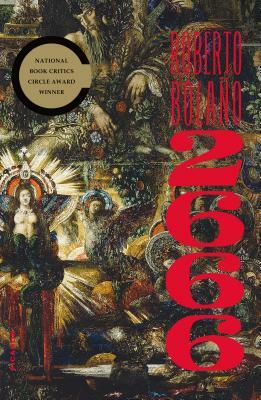
2666
Roberto Bolaño
Bolaño’s feverish, vertiginous novel opens with an epigraph from Baudelaire — “An oasis of horror in a desert of boredom” — and then proceeds, over the course of some 900 pages, to call into being an entire world governed in equal parts by boredom and the deepest horror. The book (published posthumously) is divided into five loosely conjoined sections, following characters who are drawn for varying reasons to the fictional Mexican city of Santa Teresa: a group of academics obsessed with an obscure novelist, a doddering philosophy professor, a lovelorn police officer and an American reporter investigating the serial murders of women in a case with echoes of the real-life femicide that has plagued Ciudad Juárez, Mexico. In Natasha Wimmer’s spotless translation, Bolaño’s novel is profound, mysterious, teeming and giddy: Reading it, you go from feeling like a tornado watcher to feeling swept up in the vortex, and finally suspect you might be the tornado yourself.
7
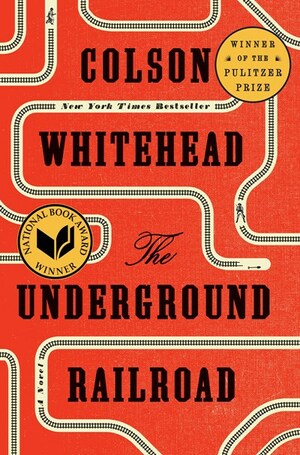
The Underground Railroad
Colson Whitehead
I LOVE THIS PASSAGE
“Mabel had packed for her adventure. A machete. Flint and tinder. She stole a cabin mate’s shoes, which were in better shape. For weeks, her empty garden testified to her miracle. Before she lit out she dug up every yam from their plot, a cumbersome load and ill-advised for a journey that required a fleet foot. The lumps and burrows in the dirt were a reminder to all who walked by. Then one morning they were all smoothed over. Cora got on her knees and planted anew. It was her inheritance.”
Chosen by Tiya Miles.
8
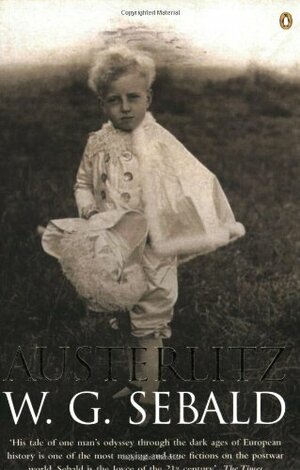
Austerlitz
W.G. Sebald
Sebald scarcely lived long enough to see the publication of his final novel; within weeks of its release, he died from a congenital heart condition at 57. But what a swan song it is: the discursive, dreamlike recollections of Jacques Austerlitz, a man who was once a small refugee of the kindertransport in wartime Prague, raised by strangers in Wales. Like the namesake Paris train station of its protagonist, the book is a marvel of elegant construction, haunted by memory and motion.
9
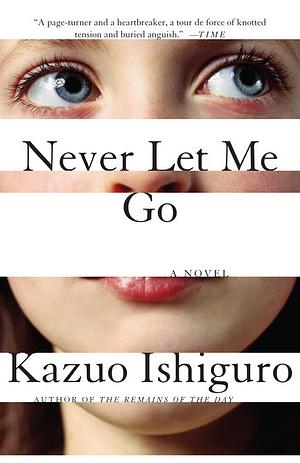
Never Let Me Go
Kazuo Ishiguro
Kathy, Ruth and Tommy are boarders at an elite English school called Hailsham. Supervised by a group of “guardians,” the friends share music and rumors while navigating the shifting loyalties and heartbreaks of growing up. It’s all achingly familiar — at times, even funny. But things begin to feel first off, then sinister and, ultimately, tragic. As in so much of the best dystopian fiction, the power of “Never Let Me Go” to move and disturb arises from the persistence of human warmth in a chilly universe — and in its ability to make us see ourselves through its uncanny mirror. Is Ishiguro commenting on biotechnology, reproductive science, the cognitive dissonance necessary for life under late-stage capitalism? He’d never be so didactic as to tell you. What lies at the heart of this beautiful book is not social satire, but deep compassion.
10
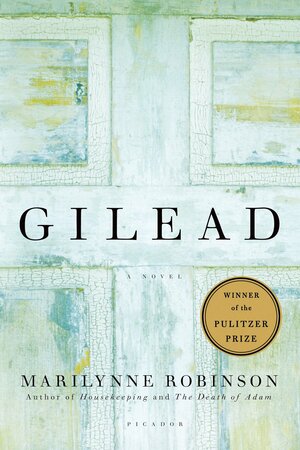
Gilead
Marilynne Robinson
The first installment in what is so far a tetralogy — followed by “Home,” “Lila” and “Jack” — “Gilead” takes its title from the fictional town in Iowa where the Boughton and Ames families reside. And also from the Book of Jeremiah, which names a place where healing may or may not be found: “Is there no balm in Gilead?” For John Ames, who narrates this novel, the answer seems to be yes. An elderly Congregationalist minister who has recently become a husband and father, he finds fulfillment in both vocation and family. Robinson allows him, and us, the full measure of his hard-earned joy, but she also has an acute sense of the reality of sin. If this book is a celebration of the quiet decency of small-town life (and mainline Protestantism) in the 1950s, it is equally an unsparing critique of how the moral fervor and religious vision of the abolitionist movement curdled, a century later, into complacency. — A.O. Scott
11
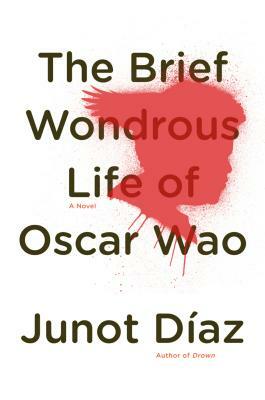
The Brief Wondrous Life of Oscar Wao
Junot Díaz
Díaz’s first novel landed like a meteorite in 2007, dazzling critics and prize juries with its mix of Dominican history, coming-of-age tale, comic-book tropes, Tolkien geekery and Spanglish slang. The central plotline follows the nerdy, overweight Oscar de León through childhood, college and a stint in the Dominican Republic, where he falls disastrously in love. Sharply rendered set pieces abound, but the real draw is the author’s voice: brainy yet inviting, mordantly funny, sui generis.
12
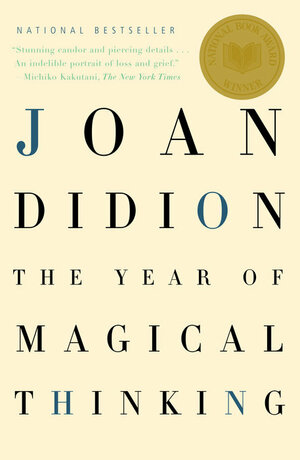
The Year of Magical Thinking
Joan Didion
Having for decades cast a famously cool and implacable eye on everything from the Manson family to El Salvador, Didion suddenly found herself in a hellscape much closer to home: the abrupt death of her partner in life and art, John Gregory Dunne, even as their only child lay unconscious in a nearby hospital room. (That daughter, Quintana Roo, would be gone soon too, though her passing does not fall within these pages.) Dismantled by shock and grief, the patron saint of ruthless clarity did the only thing she could do: She wrote her way through it.
